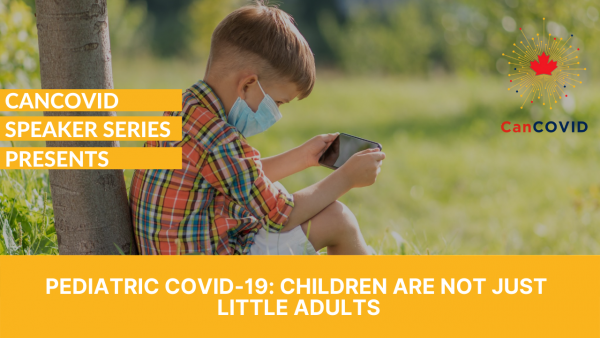Key considerations for introducing and lifting public health measures in kindergarten, elementary, secondary, and post-secondary schools
Question: For the 2021-2022 academic year, what are the key considerations to use in determining which public health measures are to be kept (e.g. masking) or introduced, (e.g. regular self-testing) in kindergarten, elementary, secondary, and post-secondary schools?
Executive Summary
The 2021-2022 academic year has already begun and there has been significant media coverage and discussion regarding how schools should operate. Vaccination rates and the emergence of novel and more contagious variants of concern, particularly the Delta variant, have shaped the evolution of the COVID‑19 pandemic in Canada.
The following are a set of key considerations, relevant for the 2021-2022 academic year and current pandemic situation in Canada, for determining appropriate public health measures for kindergarten, elementary, secondary, and post-secondary schools across Canada, based on recommendations from key guidance documents, briefings, and expert opinion.
First, based on accumulated scientific evidence throughout the pandemic, school closures should be an exceptional public health measure, invoked only in ‘catastrophic’ circumstances as it has wide-reaching impacts on student learning and development among kindergarten, elementary, and secondary school students as well as post-secondary students.
Second, there are three key metrics that should be considered when lifting or introducing public health measures in schools:
- local vaccination rates in the community where the school is situated;
- metrics for disease severity including deaths, hospitalizations, hospital bed occupancy, and intensive care unit capacities due to COVID-19; and
- SARS-CoV-2 transmission in schools and the community where the school is situated.
Third, vaccines are the most effective public health measure to curb severe COVID‑19 and priority should be placed on encouraging and promoting vaccination for all eligible individuals in schools. Vaccine delivery should reduce barriers to access vaccines (e.g. by creating vaccine centres or mobile units near schools). Implementing mandatory vaccination policies among teachers, staff, and students who are eligible, may also be considered as an effective way to encourage vaccination and reduce SARS-CoV-2 transmission/serious outcomes of COVID-19, although emerging evidence is suggesting that while reduced, some transmission may still occur among the vaccinated. Implementation and the frequency of rapid antigen testing (or self-testing) should be guided by the school community’s prevalence of SARS-CoV-2, outbreak status of the school, and the presence of variants of concern (e.g. the Delta variant). Rapid antigen testing can be effective when combined with and not prioritized over other essential public health measures including vaccination and case management. In outbreak settings, self-tests are effective tools for screening those who are asymptomatic and those who are unvaccinated as they have a higher sensitivity in higher COVID‑19 risk settings. While not as sensitive as a diagnostic test by PCR, a recent evidence synthesis of rapid or self-tests suggests they can successfully identify most COVID‑19 infections in children with viral load levels likely to be infectious, notably in the first days of the illness. Serial rapid testing may help compensate for limited sensitivity in early infection. Test-to-play strategies may be considered for students involved in extracurricular close contact sports and athletics.
Knowledge gaps and future research
We identified several knowledge gaps and recommendations for future research. Particularly:
- Future research should assess the impact of variants of concern on SARS-CoV-2 transmission on post-secondary campuses, as well as their impact on the effectiveness of infection prevention and control strategies.
- As people become fully vaccinated, further research will be required to determine the thresholds and implications of any proposed reduction or relaxation of public health measures for particular populations or communities to minimize future spread.(3) However, as new variants emerge over the course of the pandemic, the need for continued public health measures in addition to vaccines is likely for the foreseeable future until a substantial proportion of the global population is fully vaccinated.
- Future research should investigate the impacts of school closures on post-secondary students in terms of their careers and academic learning.
- Future research should “invest in comprehensive population-based follow-up studies” to accurately understand the impact of school closures on children and youth.
- Future research should investigate the performance of rapid antigen tests in detecting infections with the Delta variant.
- Finally, research should also investigate the impact of the rollout of rapid tests on the rest of the outbreaks and infections in elementary, secondary, and post-secondary schools testing.
Limitations
This Issue Note has several limitations:
- We did not formally assess the quality of the evidence or appraise the guidelines.
- Given the state of the evidence, some of the information and key considerations are matters of expert opinion and not evidence.
- Only English-language resources were consulted.
- Given the rapid timeframe for this report, some relevant information may have been missed.





